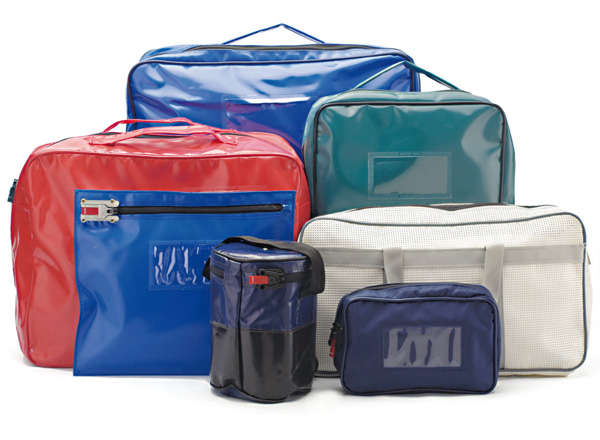
The world of security seals does not come to an end at national frontiers. So, if you are in contact with our sector, you have probably come across documentation in English. And one commonly used term in this field is tamper-evident. When a standard or regulation mentions seals being tamper-evident, they are referring directly to the need for a system to prevent unauthorised manipulation.
What does ‘tamper-evident’ mean?
Tamper-evident by itself has no direct equivalent in many languages. The literal translation would be something like “impenetrable” or “anti-sabotage“, but it is a term mostly associated with things like seals, packaging, envelopes, shipping containers, etc.
This is because tamper-evident is directly related to the type of devices that prevent manipulation unauthorised because, if such a thing should occur, Evidence would remain for an inspector or external observer. Therefore, security seals serve as a deterrent to the attempted opening or adulteration of the packaging or container.
So the concept of tamper-evident adopts many different forms depending on which objects it is associated with. For example, a tamper-evident seal would be construed as a security seal (by its nature tamper-proof), but tamper-evident packaging would be more likely to refer to an unopenable container or package.
What devices may be considered to be ‘tamper-evident’?
Many of the regulations affecting security seals are international, since they are used in the transport of goods between countries. This is the case of the TIR Convention, the ISO/PAS 17712 regulations and C-TPAT (applies to the USA). Also in the aviation industry it is common to find the expression tamper-evident when referring to the security devices required.

What components does the concept of tamper-evident apply to?
- Plastic and metal security seals: since tamper-evident refers to protection against manipulation, this can be guaranteed by a plastic or metal security seal. The choice of one type or another will depend on the level of security required and also on the requirements of the applicable regulations. So before deciding on one type or another, it is advisable to review the specifications of each model, since these will indicate which regulations are met.
- Security bags: security bags are impenetrable because they are locked with a seal on the zipper. They are used to send confidential documents and cash. They are also called security pouches.

- Security envelopes: Precintia courier envelopes have an ultra-strong adhesive that provides evidence of attempts to open them. There are models of special envelopes for taking samples, for cash-in-transit and for medical records and X-rays.
- Security labels: also called void labels, are tamper-evident devices because, when someone attempts to remove them to open the packaging or container, they provide evidence of the tampering attempt. In our article on security labels we look in depth at the various types of security labels which are available.
- Impenetrable packaging: in this sense, tamper-evident refers to the same concept as the guarantee seals on packaging (for example, in the food sector), as well as to the packaging itself, which has already been tested for tampering, e.g. in the case of medicines.
We have given a broad outline of the concept of tamper-evident and its scope. If you are looking for passive security devices which comply with specific regulations, please do not hesitate to contact us and we will help you find what you are looking for.








:max_bytes(150000):strip_icc()/54514341-656eca9689934f4dbdb6857b888d5d2c.jpg)

